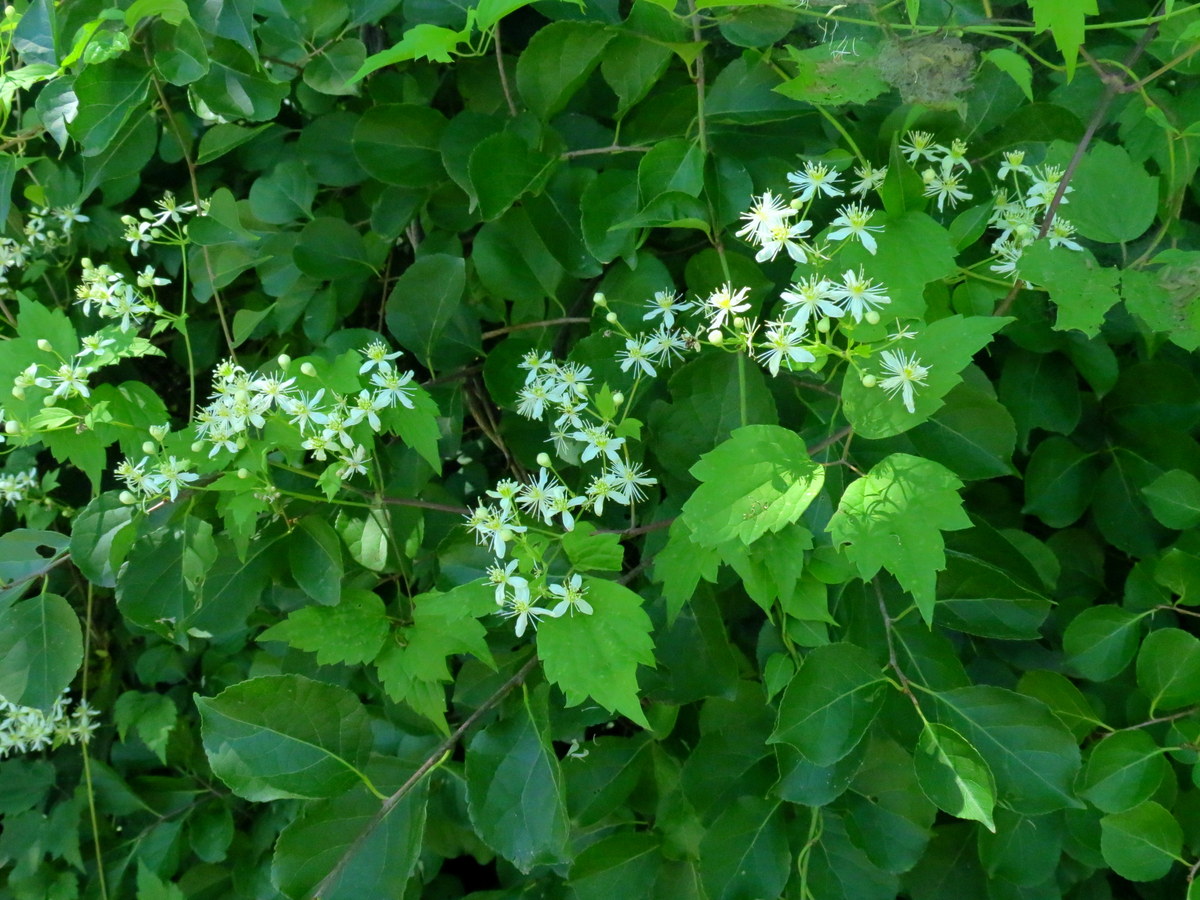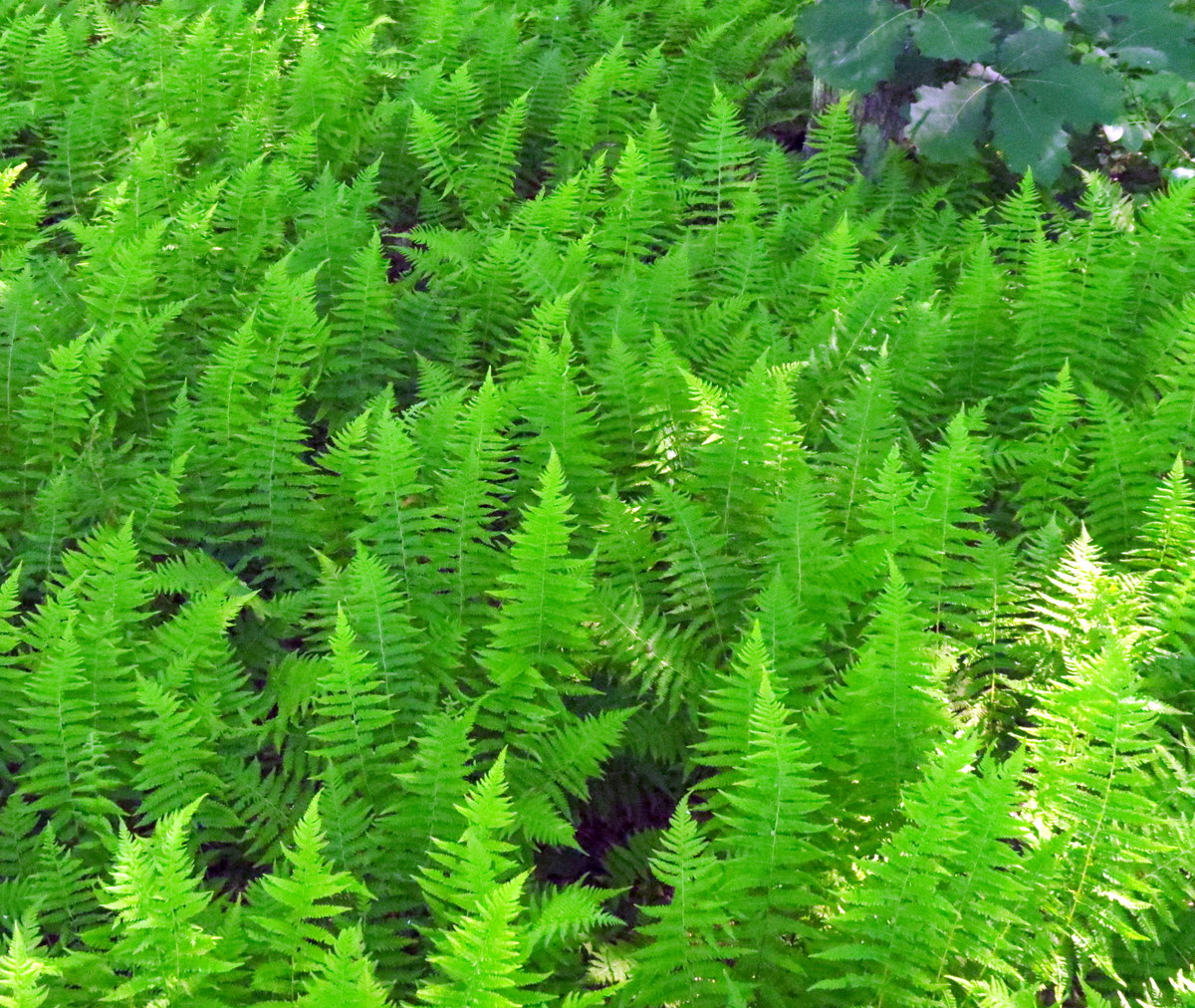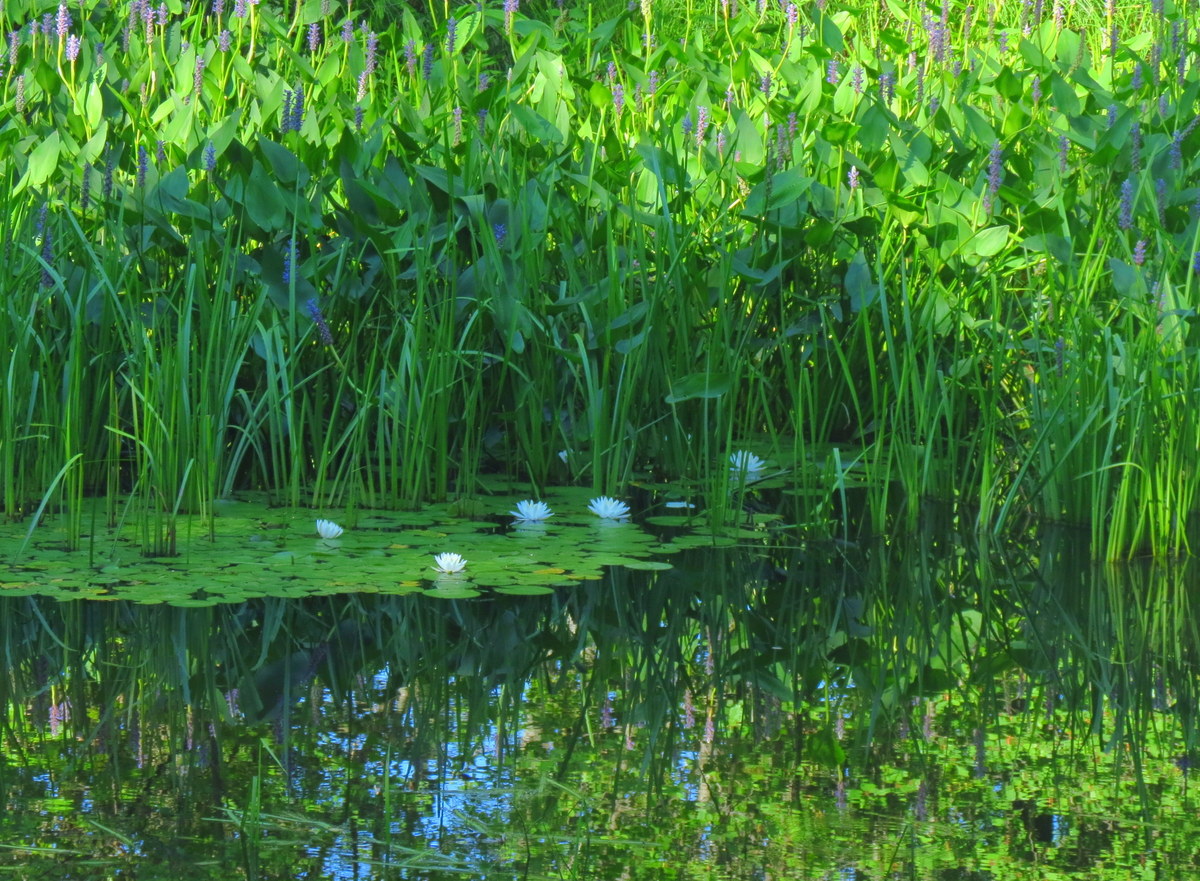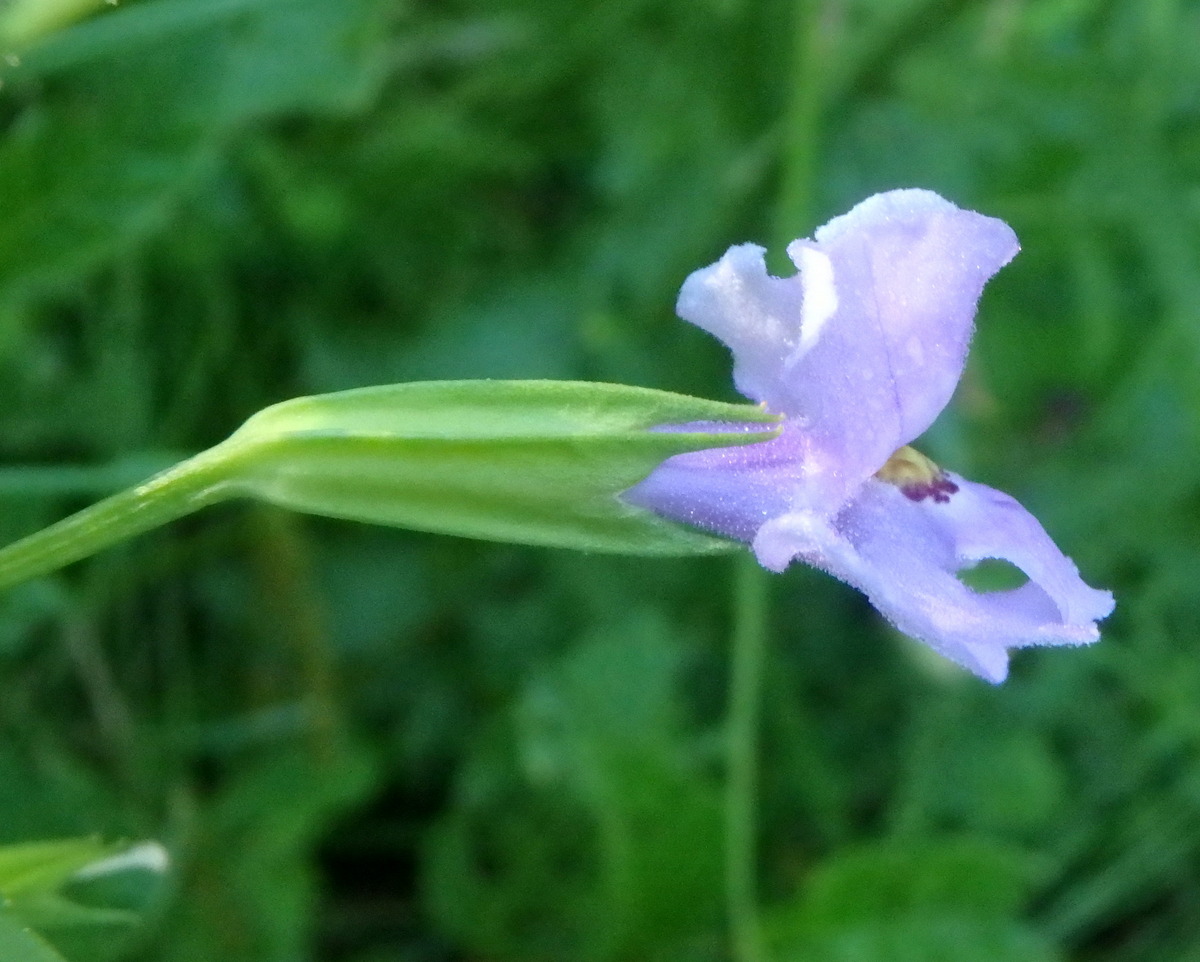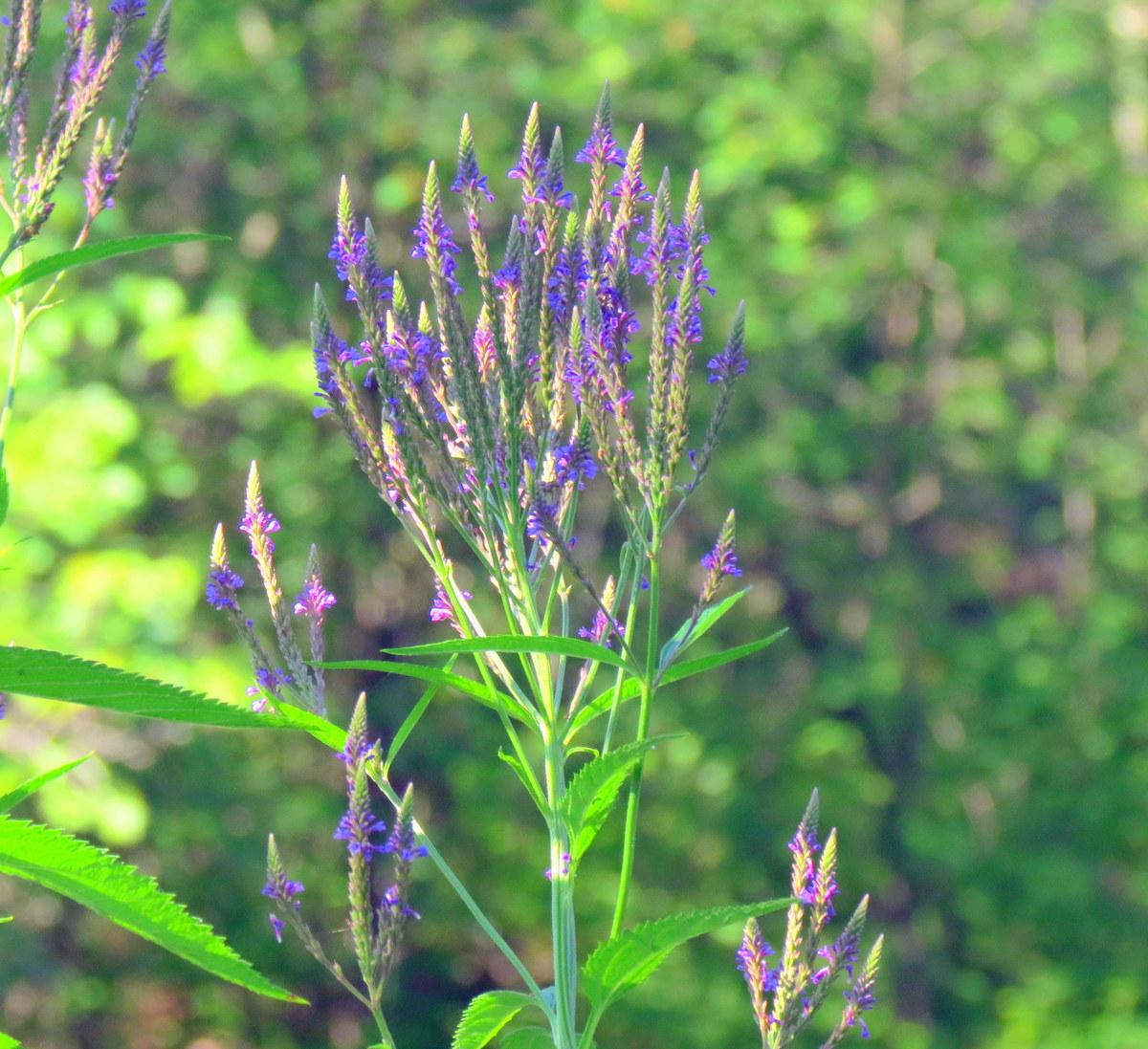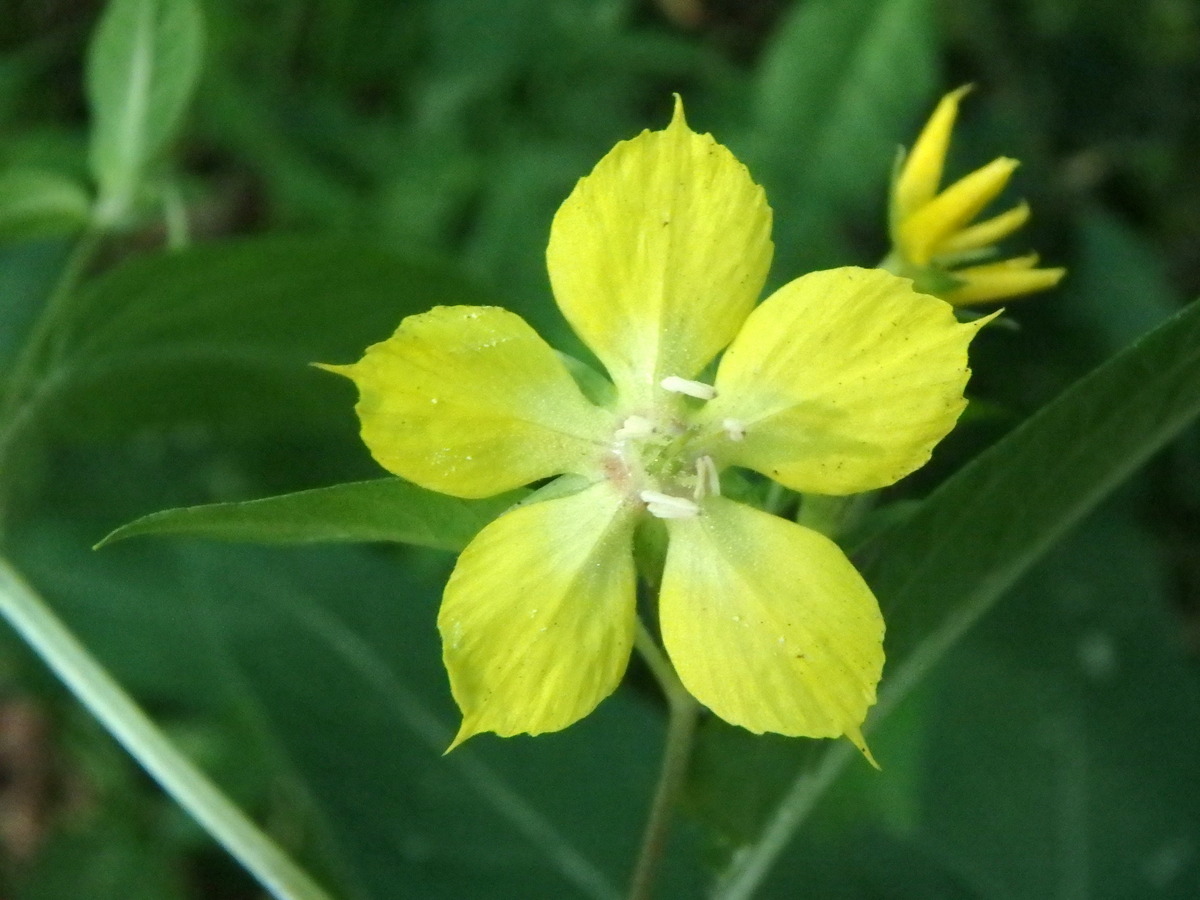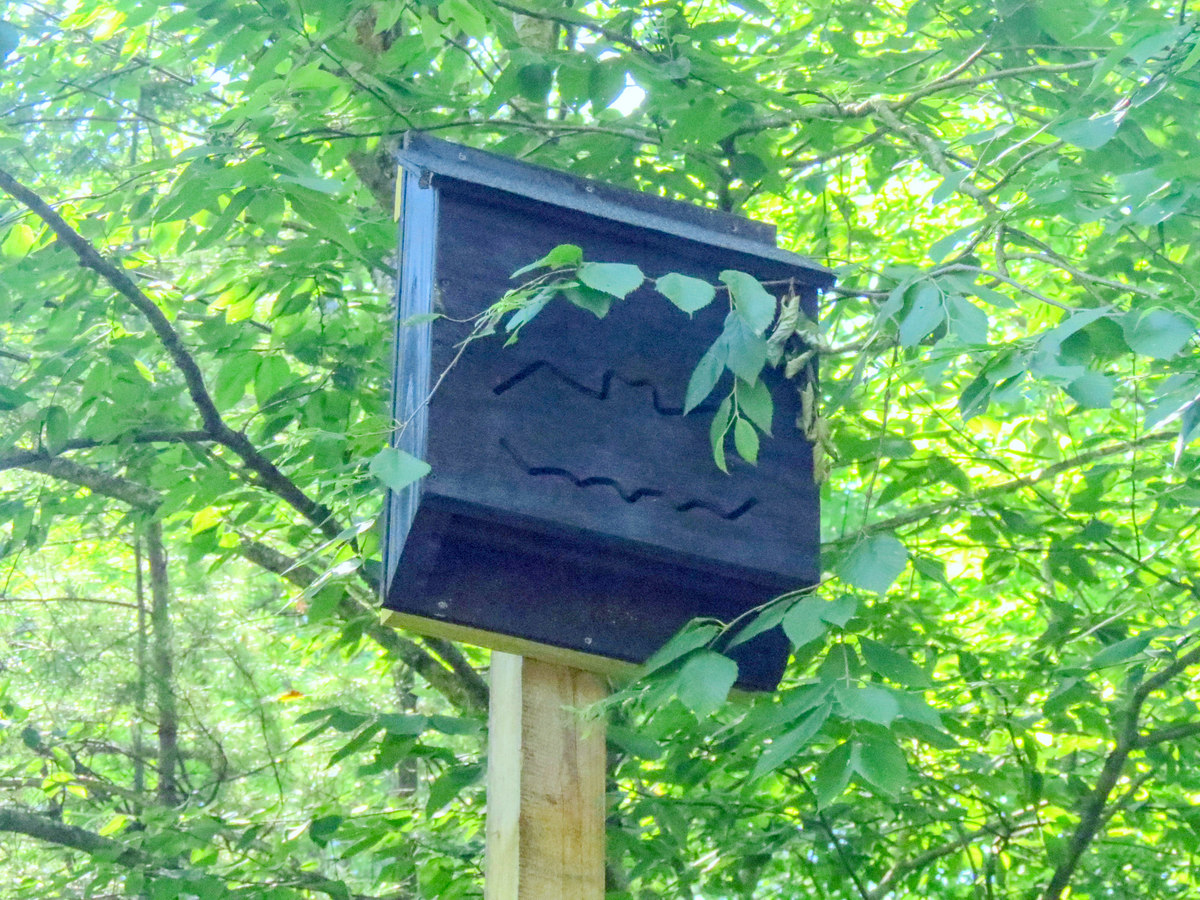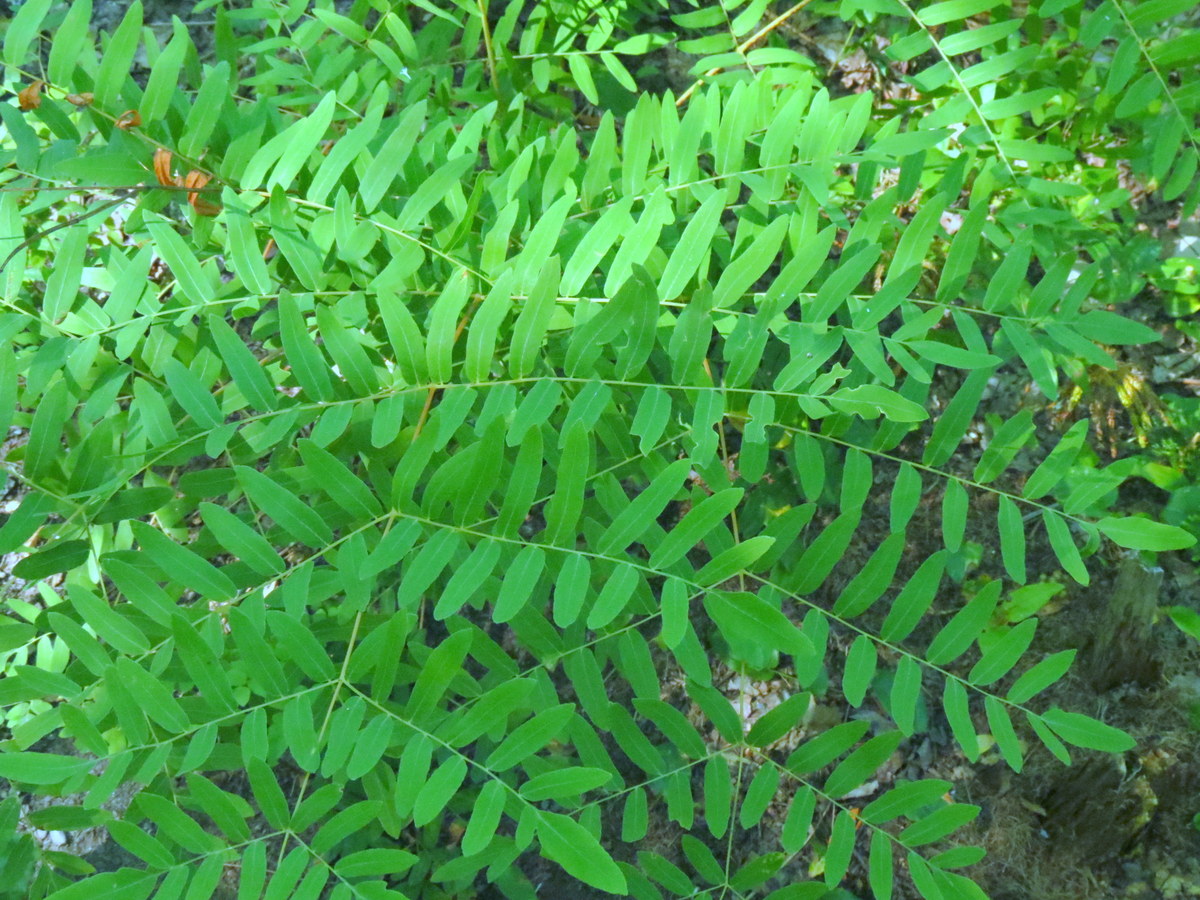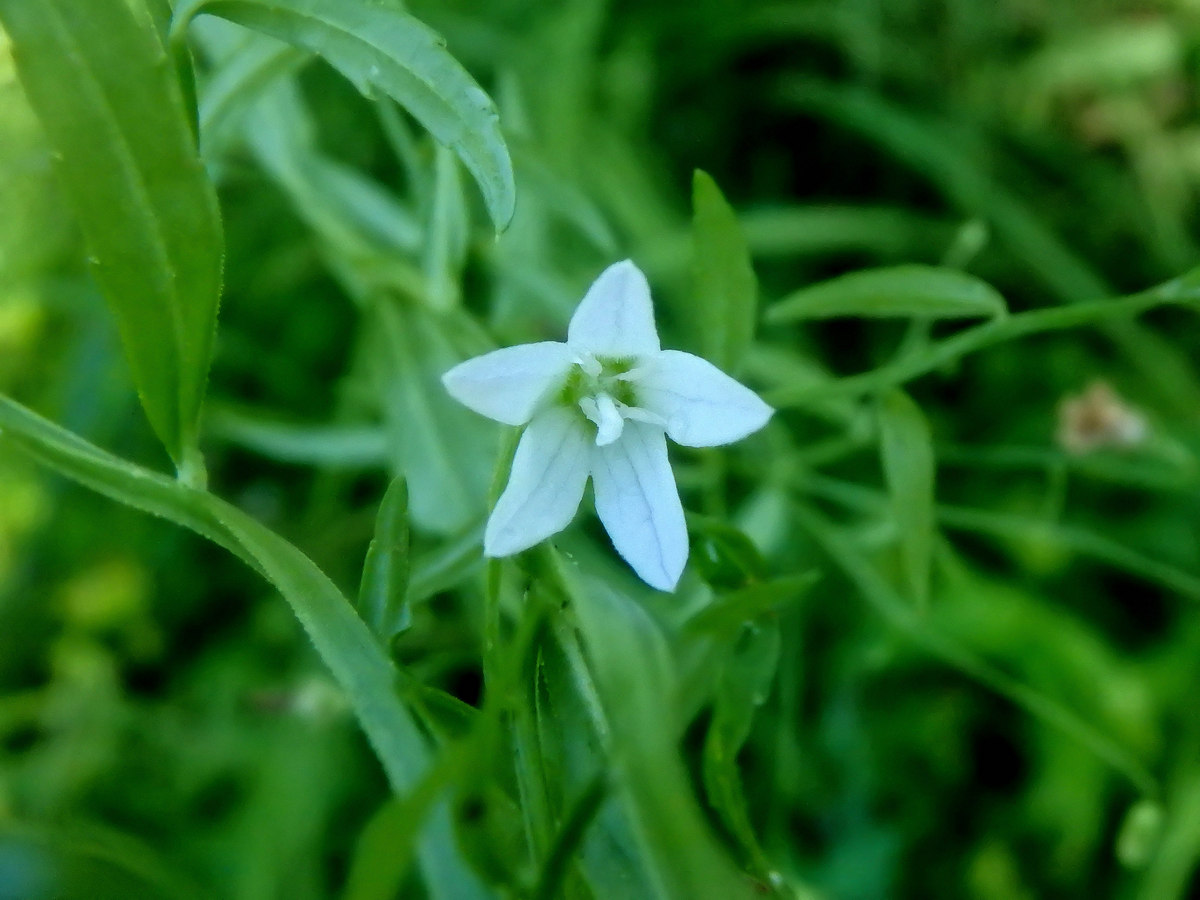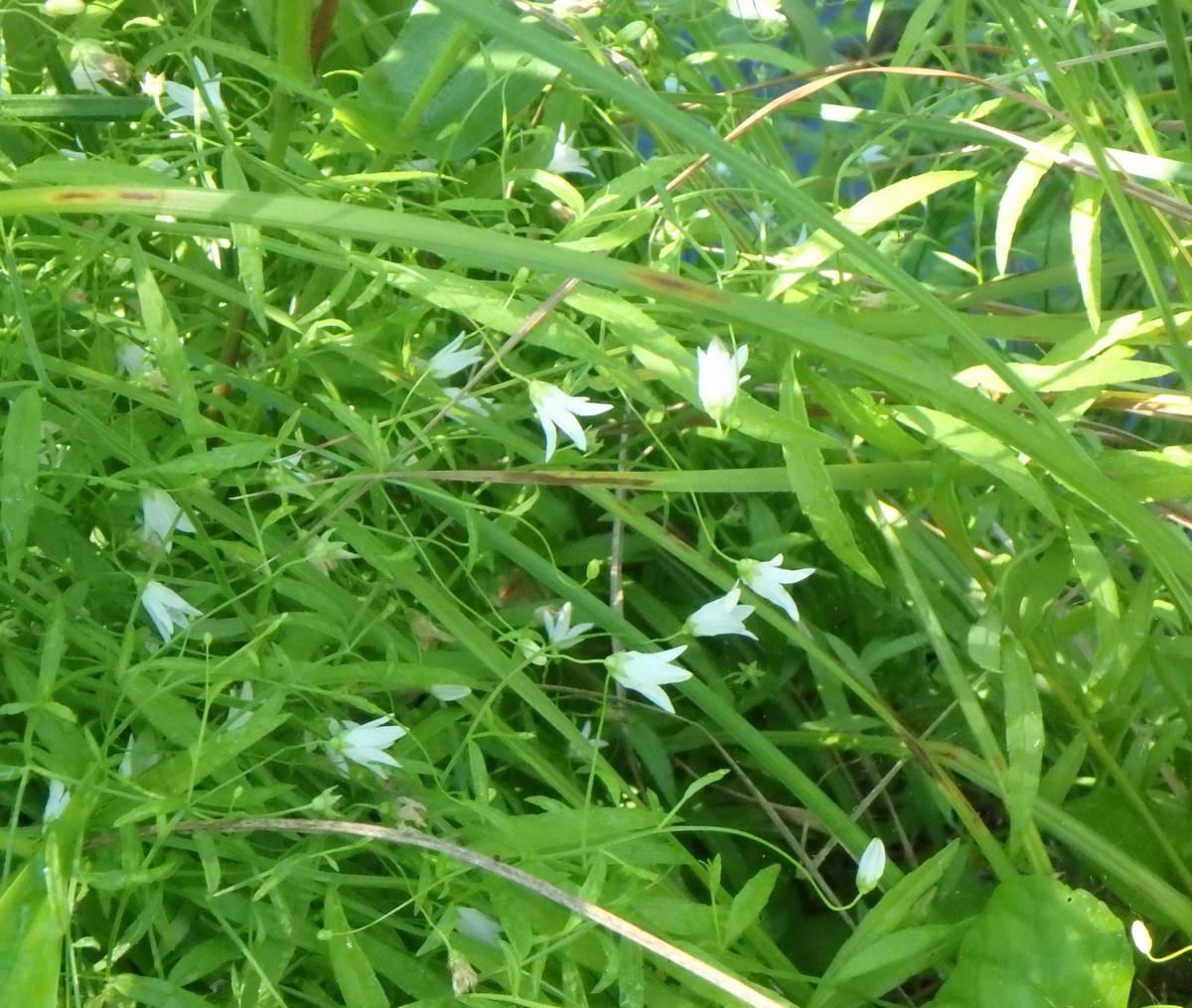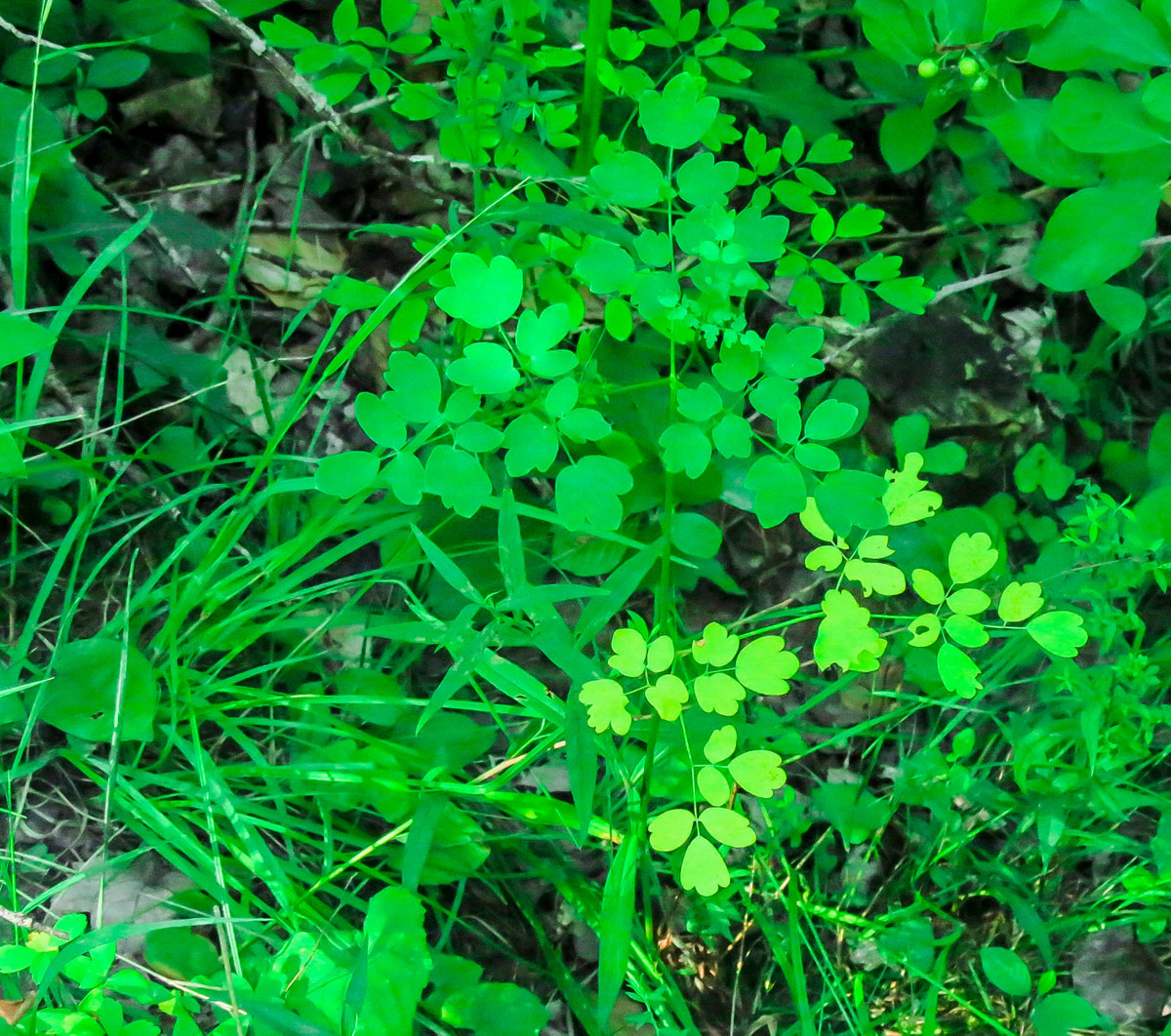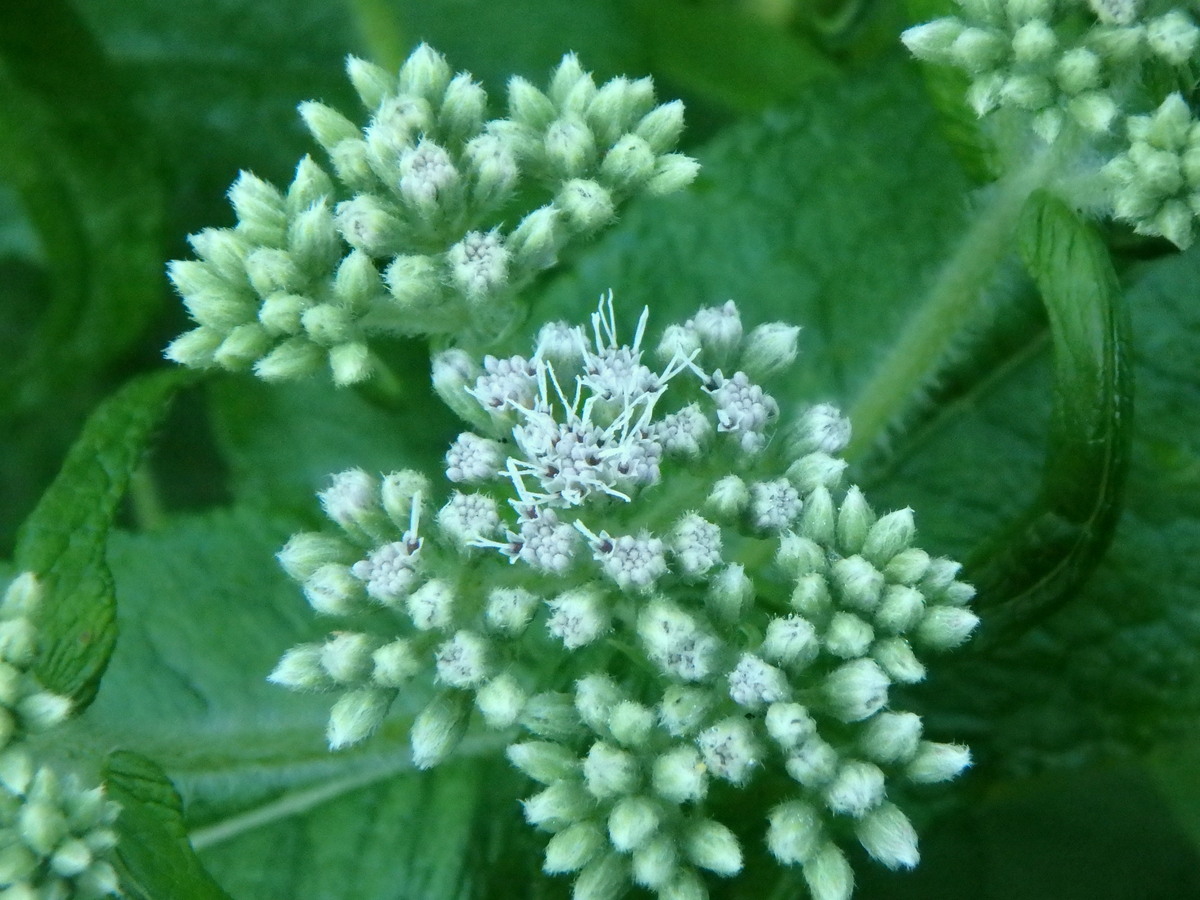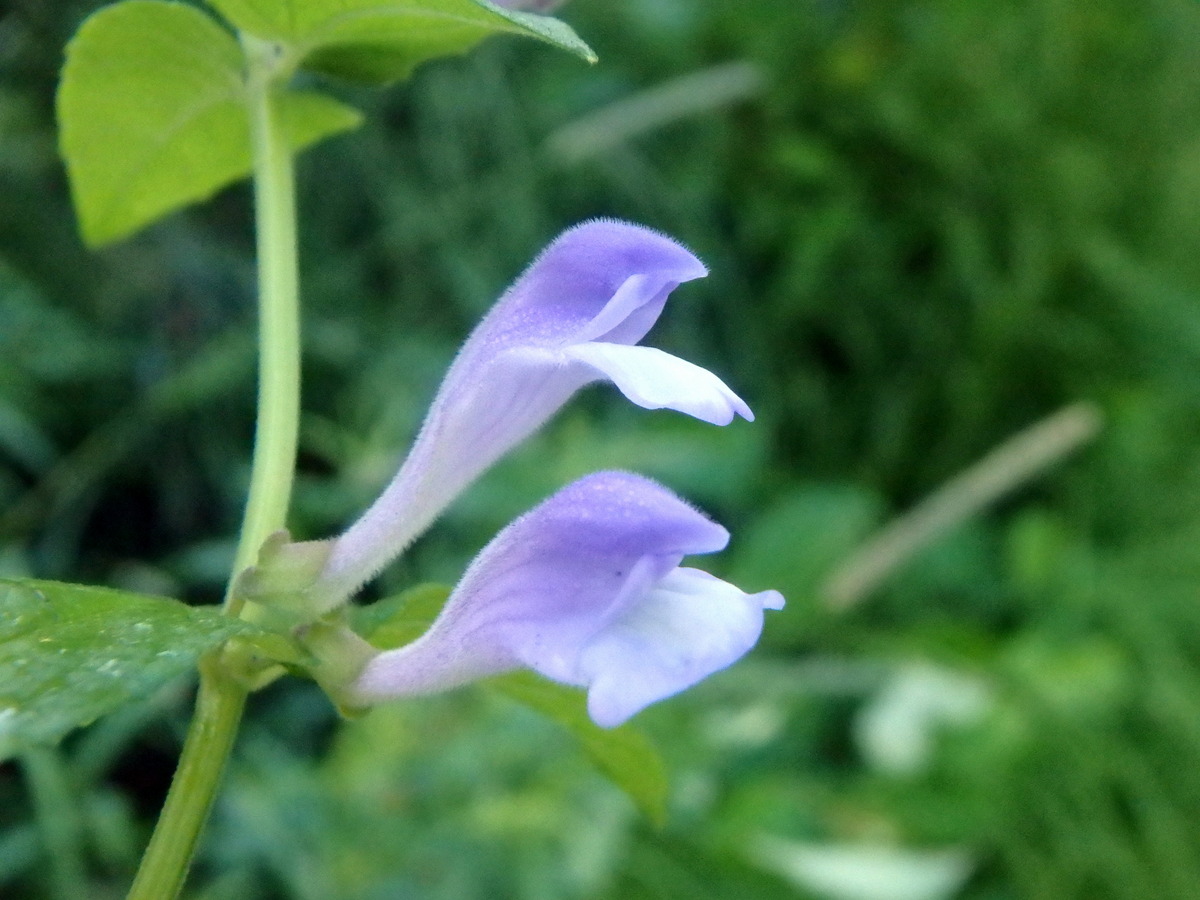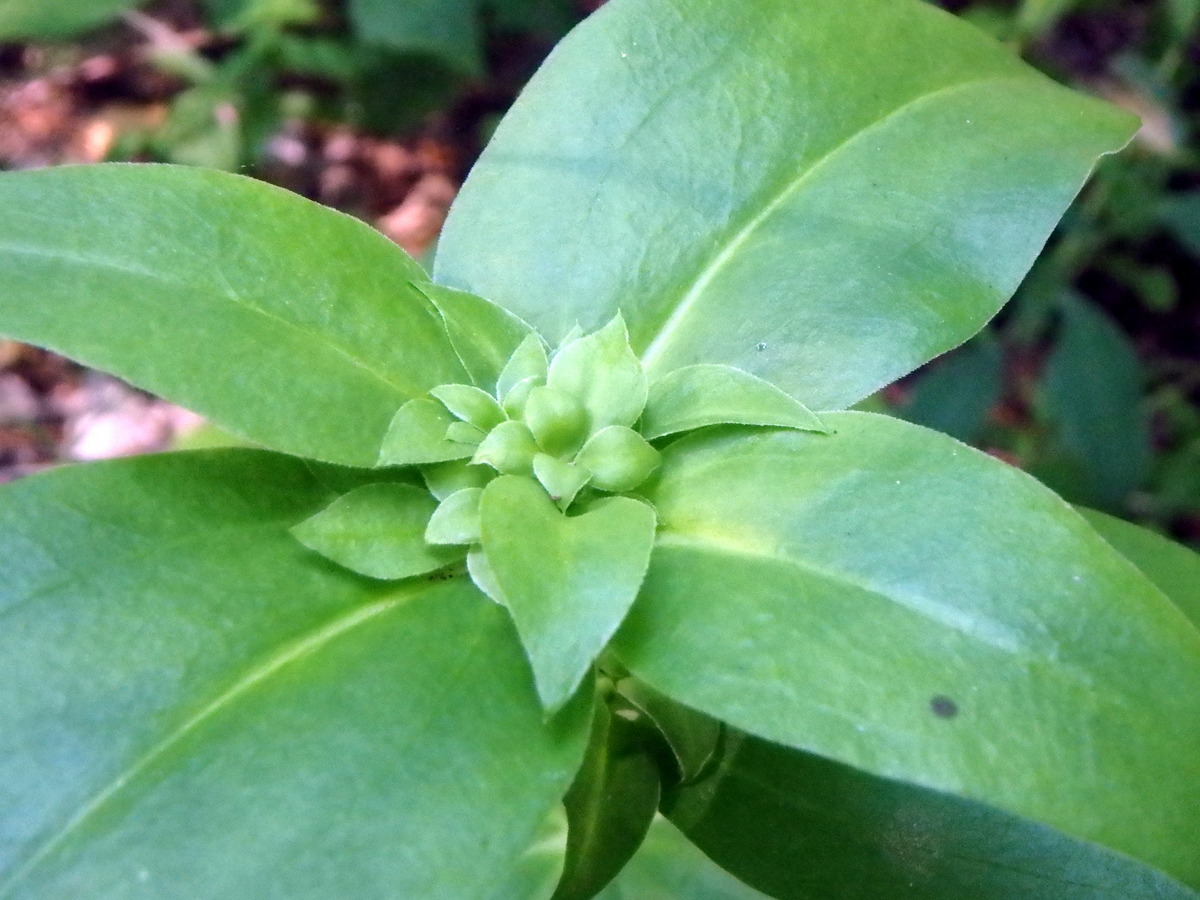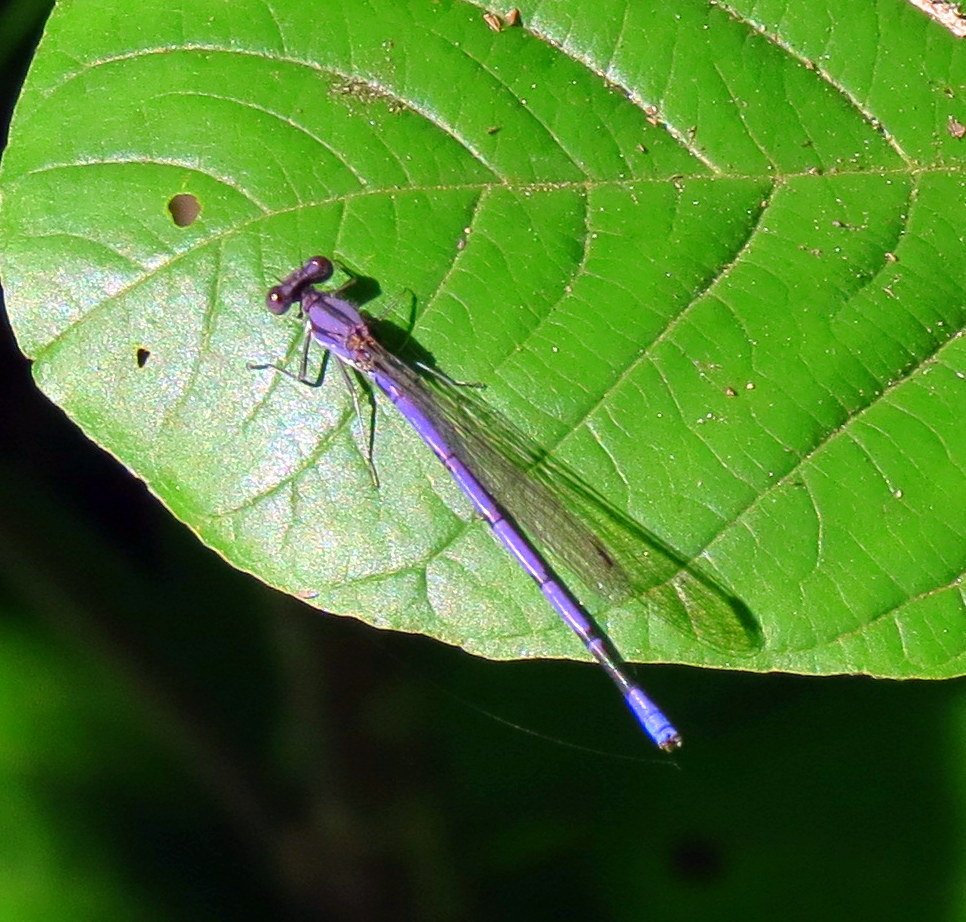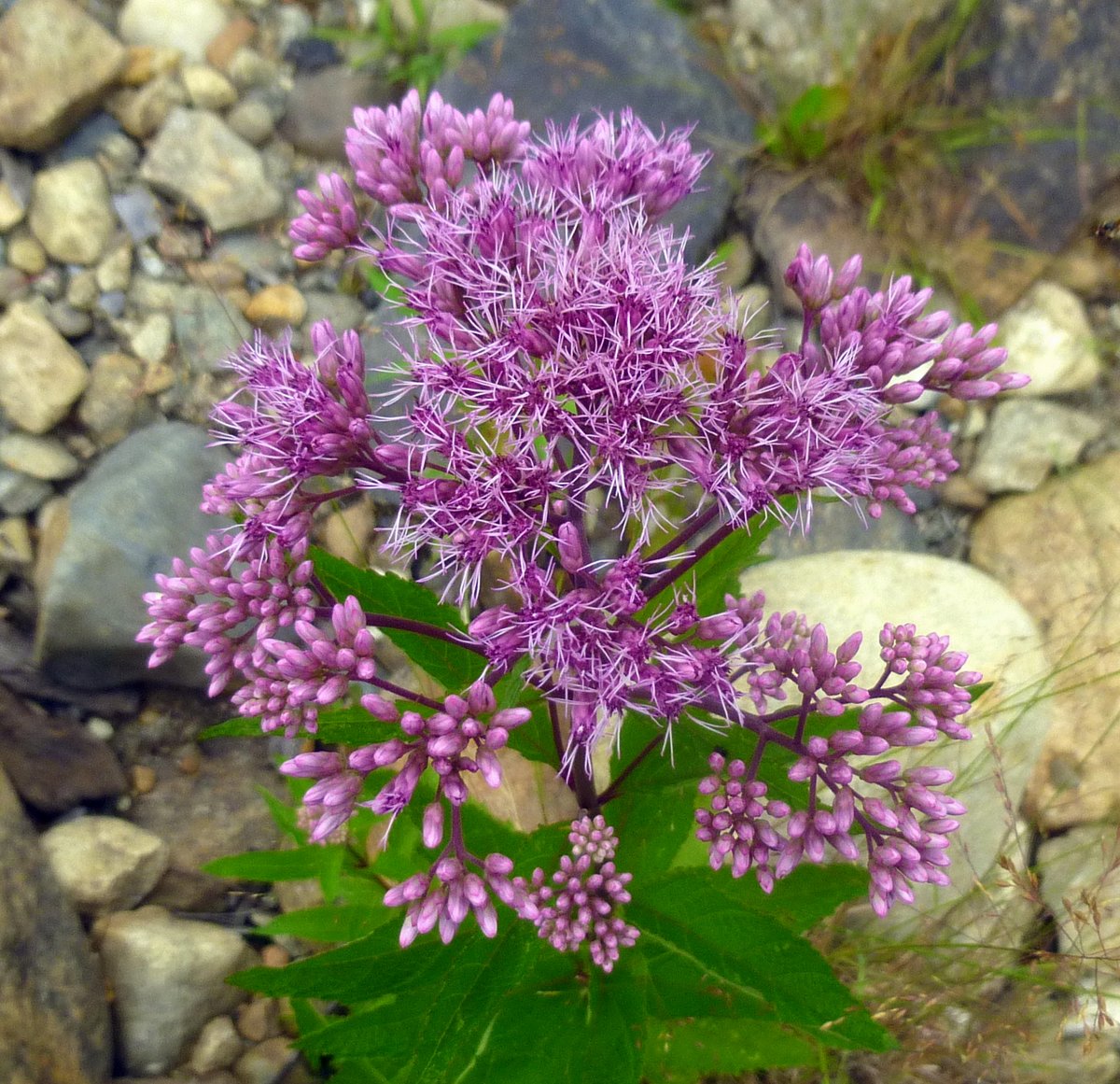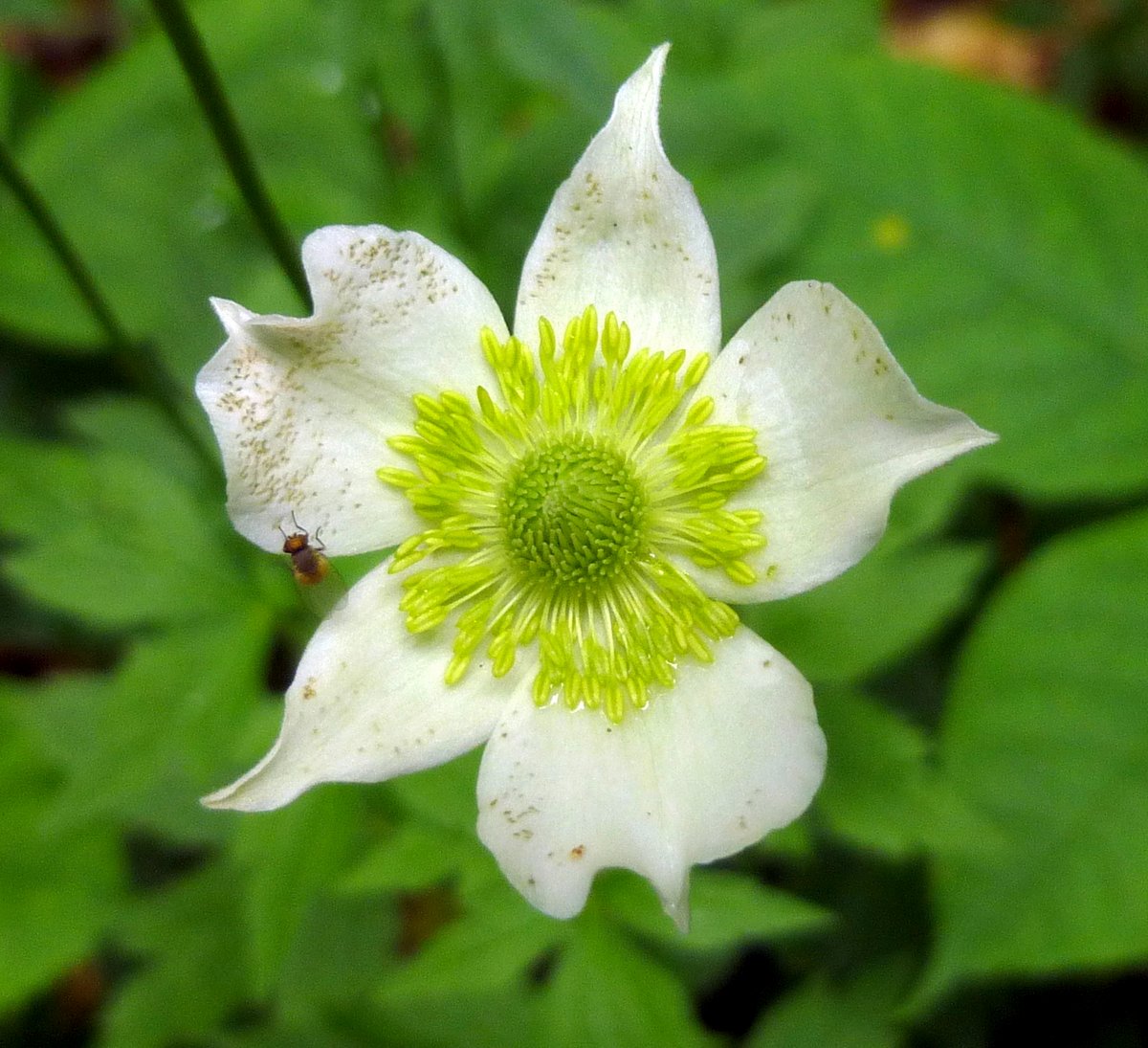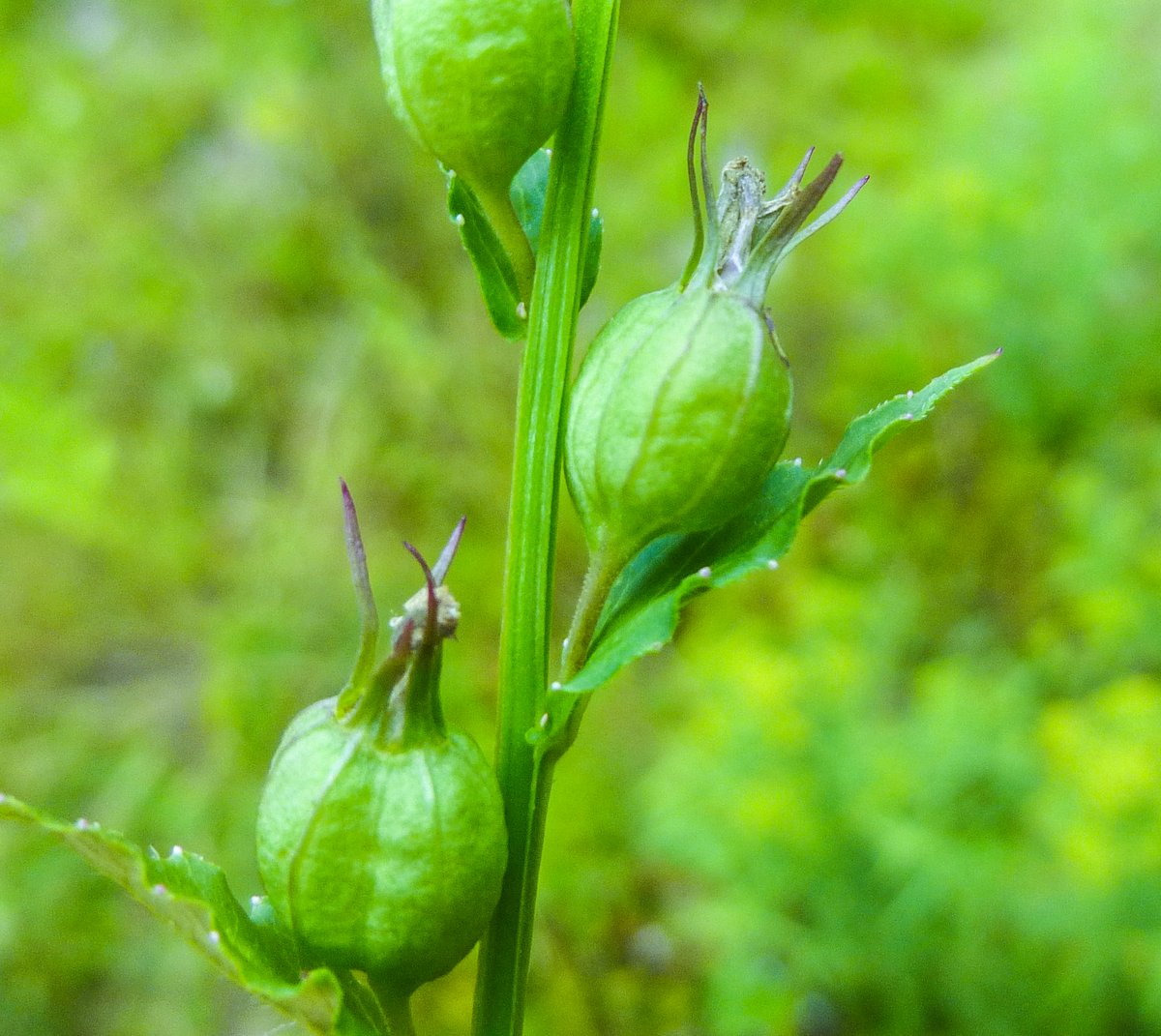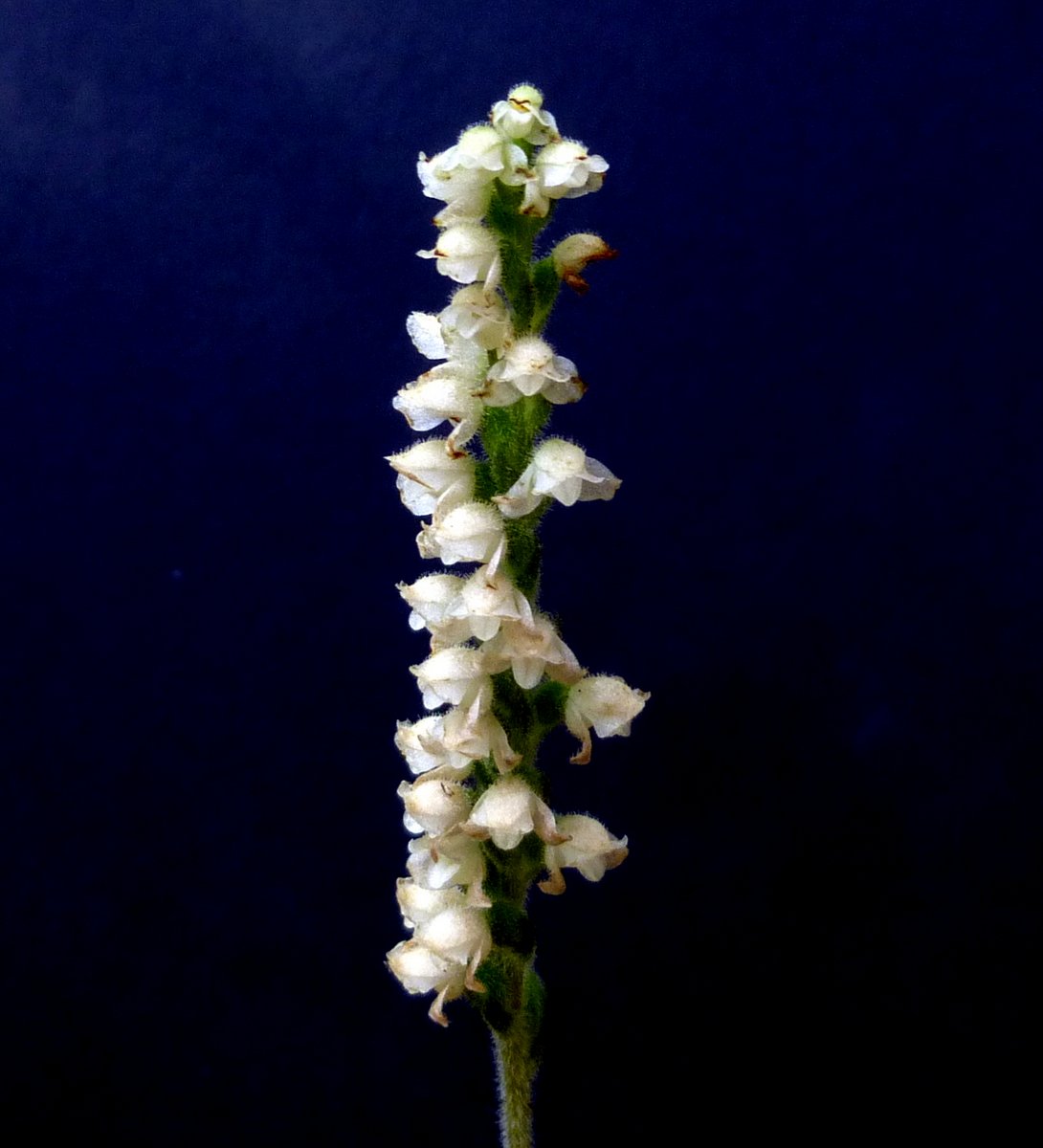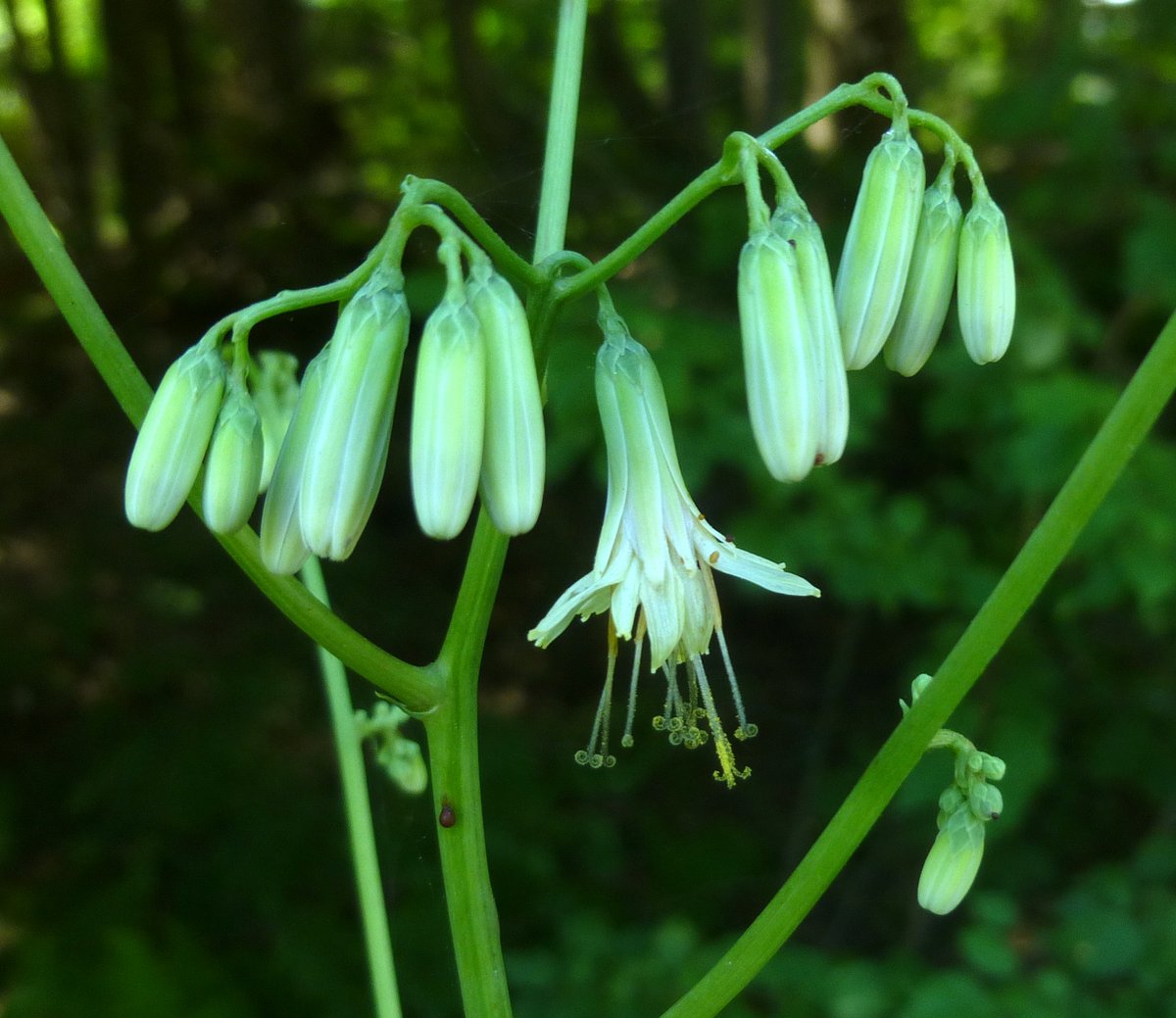
Here’s where all the rain we had went. The Ashuelot River roared mightily as it went rushing by on its way to the Atlantic, carrying countless tons of soil with it. In flood the river deposits fine silt it over all the land that is flooded and then, sometimes many years later, rains wash it back into the river. It’s all a circle.

One of the flowers that like growing in the soil deposited by the river is the monkey flower, and I’ve seen more of them this year than I ever have. I haven’t seen a monkey in one though.

It is said that whoever named the monkey flower saw a monkey’s face in it, but I don’t see a monkey any more than I see a turtle in a turtlehead flower. Maybe its just lack of imagination on my part, I don’t know.

Here is where I found a monkey; in the face of a blue dasher dragonfly.

Because they kept landing in the shade I had to try many times over several days to get a shot of what I think might be an emerald damselfly. It’s the only useable shot I’ve gotten of one. I like its big blue bug eyes and its green metallic shine. This one, if I’ve identified it correctly, is a male and its abdomen and tail are powder blue, though they look white in this shot. The “tree” it is hanging on to is really just a twig, smaller in diameter than a pencil. This long bodied damselfly reminded me of the old wives’ tales about it and others of its kind that I heard as a boy. They were called “sewing needles” or “devil’s darning needles,” and were supposed to be able to sew your eyes and lips closed if you weren’t careful. Why would anyone tell a child such foolishness? I can’t see that doing so would serve any useful purpose. It would only make them afraid of a beautiful part of nature, and of what possible use is that? I can’t remember ever believing any such stories but memory can’t always be trusted, so I may have.

According to what I’ve read flies like hoverflies, or blowflies like the one seen in this photo, visit flowers to sip their nectar and taste their pollen. Flies sip the nectar for strength, which they need to keep flying, and the pollen helps them produce healthy eggs. Since they are hairy, bottle or blowflies help with pollination by carrying pollen from one flower to another. I walked though a field of Queen Anne’s lace flowers one day and saw as many flies as I did bees.

Some of the dogwoods are whispering things I’d rather not hear, so I didn’t listen. I just admired their beautiful colors.

A few posts ago I talked about the legume family and how you could identify them by the flowers, which have a standard and a keel. Here, on showy tick trefoil flowers you can see the vertical, half round standard and the keel, which juts out at about 90 degrees or so from the standard. Inside the keel are the reproductive parts. When ready the keel opens and lowers, and the reproductive parts show themselves as they’ve done here. Strong, smart insects like bumblebees will often force open the keel to get to the goodies ahead of time.

Every time I see a bicolor hedge bindweed blossom I remember when I had to search high and low to find one, because 99% of them were plain white. Now it’s just the opposite; all I see are bicolor ones and I have to search for the plain white ones. It’s an interesting lesson on how flowers evolve to attract more insects. More insects mean more pollinated flowers and that means more seeds. More seeds increase the likelihood of the continuation of the species, and continuation of the species is a driving force in nature.

One evening this cottontail saw me and crouched down to make itself small, as if it wanted to melt into the earth, but as I stood and watched it relaxed and made itself “big” again. I like it when animals sense that I mean them no harm, as this rabbit did. After taking a couple of shots I thanked it and left as it went on munching white clover. I could have artificially lightened this shot but I wanted you to see what I saw. I liked all the lights in the grasses.

Eastern amber wing dragonflies are very pretty but also quite small; I’ve read that they are only about an inch long. I saw them swarming around a pickerel weed plant at a pond and noticed that they never seemed to land. They were always in motion, so I gave up trying to get a shot. Then one day when I wasn’t near water the one shown above flew in front of me and landed on this grass stalk. As you spend more time with nature you find yourself becoming increasingly thankful for what once seemed small or insignificant things, like a dragonfly or a rabbit willing to pose for a photo. Gratitude tends to seep in quite naturally, as do love and joy.

A bee foraging on pollen had its pollen sacs filled to almost overflowing, by the looks. Knapweed pollen is white, as we can see. It’s a beautiful but supposedly invasive flower. I say supposedly because in this area it stays mostly on the embankments the highway department planted it on. I do see it in the wild occasionally but usually just a plant or two.

I’ve always liked the buds on Joe Pye weed as much as the flowers but of course the butterflies and bees prefer the flowers. Last year I found a colony of several plants that were covered in monarch and great spangled fritillary butterflies. I hope I see the same this year, because I still haven’t seen a monarch.

One day I found a little orange skipper butterfly probing for nutrients in the gravel along the side of a road. I got home intending to try to identify it and found so many species of little orange skippers it seemed like it would take forever to identify it, so little orange skipper will have to do for a name.

Pretty little pale spike lobelias have started blooming. Though their color can range from white to deep blue, most I’ve seen this year have looked like the one in the photo. This plant reaches to about knee high and grows in what can be large colonies. Each single flower could hide behind a standard aspirin. Next will come their cousins, Indian tobacco lobelia.

I don’t know who Barbara was but this plant is called Barbara’s buttons. It’s a native perennial plant (Marshallia) in the aster family. The flowers ae quite pretty and unusual, and probably about the same diameter as a large hen’s egg. I’ve read that it grows on roadsides, bogs, or open pine woodlands but it is said to be rare, even in its native southeastern U.S. It can be found for sale at nurseries specializing in rare, unusual and / or exotic plants. I first found this one last year in a garden at a commercial business building.

Like most other plants flowering raspberry is blooming well this year. I’ve known them for a very long time so they seem like old friends. I always like to see their cheery blooms, but even though their fruit looks like a giant, end of your thumb size raspberry, they seem tasteless to me. People have said that you have to put them on the very tip of your tongue to taste them but I’ve tried that as well, and all I’ve tasted is nothing. It was as if I was trying to taste air.

Invasive Japanese honeysuckle berries go from green to this electric, neon orange, and then to bright red, and the birds love them. That’s why I say once the genie is out of the bottle it’s near impossible to get it back in. True, you’d need an army devoted to nothing but honeysuckle control, but why not organize one?

It appears to be a great year for hazelnuts but in some places the blueberry crop has failed. In other areas like hilltops and mountainsides they’re doing fine. I met someone just the other day who told me the apple crop has also failed in certain orchards because of the late freeze, and he said his hay crop will only bear a single late cutting this year. You can’t cut hay in the rain.

I found this plant growing in the garden of a local business and realized that I didn’t know its name. The flowers looked like small hollyhock or rose of Sharon blossoms, but only half the size. The scalloped, basal leaves were shiny and stem leaves were narrow, like willow leaves. The plant was about 3 feet tall and loaded with flowers. I took a couple of shots of it and Google lens told me it was a false mallow.

With flowers like these I was sure it had to be in the mallow family because it had “that look” but false mallow was one I had never heard of. After a little reading I found that it doesn’t like real hot weather and goes dormant until it gets cooler unless it gets regular watering, so I think I’d try it first where it got mostly cooler morning sun, even though some instructions say full sun. It blooms in mid to late summer and is drought tolerant and deer resistant, which would make it valuable in this area. If you like hollyhocks but don’t have the room this one might be for you; another name for it is “miniature hollyhock.”

I found a peachy daylily in my yard that I had forgotten I had. That’s the beauty of daylilies; you can fuss with them if you like but they are in fact a “plant it and forget it” perennial. If you’re looking for a low maintenance garden, daylilies should be near the top of your list. With early, midseason, and late varieties that come in just about any color but blue or black, you can do a lot with them.

Beautiful swamp milkweed is still blooming. One of the benefits of the overcast skies and rain has been longer blooming times for many plants. Some I’ve seen have been blooming for close to a month, and that’s unusual.

I was crawling around on the forest floor, getting shots of mushrooms when I noticed something blue in the cleft of a large boulder. Prying it out with my finger wasn’t easy but I got it out and saw that it was a painted stone. There in the woods it looked like a waterfall falling over the edge of the stone. Whoever painted it has some artistic ability; I thought it was nice how they got the feel of falling water with their brush. Now though, when I see it in a photo, it looks like snowy mountain peaks and trails, trees, and sky. Unless someone was on their hands and knees as I was they would never have seen it, so I wonder what the point of hiding it there was. In any event it I enjoyed seeing it, so I owe a thank you to whoever put it there.

If you want a photographic challenge try enchanter’s nightshade. Not only are the flowers smaller than a pea, but the plants usually grow in deep shade. I’ve had years when I just couldn’t pull it off even after trying many times, but this year after maybe a dozen tries I got lucky. Enchanter’s nightshade isn’t a nightshade at all, but is related to evening primroses. Its small round seed pods readily stick to your clothes and I sometimes find that I’m covered with them when I get home.
In Homer’s Odyssey, Circe the enchantress drugged Odysseus’ crew and turned them into swine. Circe, who was the daughter of the sun and granddaughter of the oceans, gives enchanter’s nightshade its scientific name Circaea.
As children, we are very sensitive to nature’s beauty, finding miracles and interesting things everywhere. As we grow up, we tend to forget how beautiful and magnificent the world is. There is magic and wonder for eyes who know how to look with curiosity and love. ~ Ansel Adams
Thanks for stopping in.






































